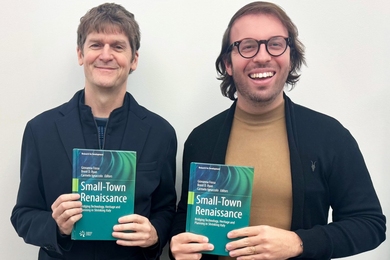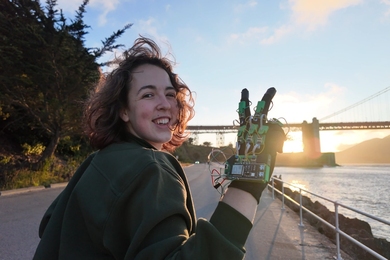Three MIT faculty members are among the 72 newly elected members and 18 foreign associates of the National Academy of Sciences -- an honor that recognizes their distinguished and continuing achievements in original research.
Election to membership in the National Academy of Sciences (NAS) is considered one of the highest honors in American science or engineering. Those elected on Tuesday, April 25, bring the total number of active members to 2,013.
The NAS is a private organization of scientists and engineers dedicated to the furtherance of science and its use for the general welfare. Established in 1863, it acts as an official adviser to the federal government, on request, in any matter of science or technology.
The new NAS members from MIT are:
Edward H. Adelson, professor of vision science in the Department of Brain and Cognitive Sciences and the Computer Science and Artificial Intelligence Laboratory.
Adelson's research is in human visual perception, machine vision and image processing. Motion perception is of special interest, as are a number of basic mechanisms that are common to the analysis of motion, texture and color.
James G. Fujimoto, a professor in the Department of Electrical Engineering and Computer Science and the Research Laboratory of Electronics.
Fujimoto's research interests include studies of ultrafast phenomena, biomedical optics and biomedical imaging. His research group invented and developed a new medical imaging diagnostic technique that can produce high-resolution images of tissue microstructure and pathology in real time, without the need to remove and process specimens.
Terry L. Orr-Weaver, member of the Whitehead Institute for Biomedical Research and professor in the Department of Biology.
Orr-Weaver investigates the mechanisms that control the sequence of events during which a cell replicates its DNA and divides in two. Studies in her lab have illuminated fundamental aspects of this process and shed light on a broad range of diseases caused by breakdowns in cell division, including cancer and some birth defects.
A version of this article appeared in MIT Tech Talk on April 26, 2006 (download PDF).





